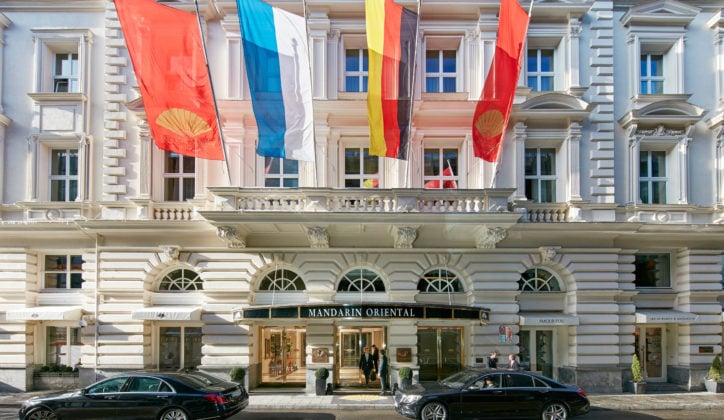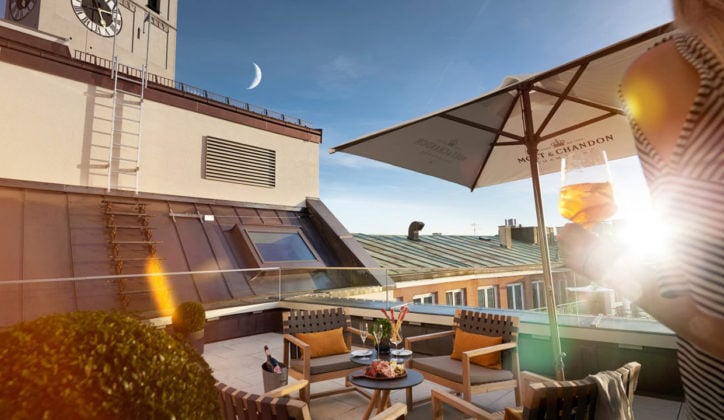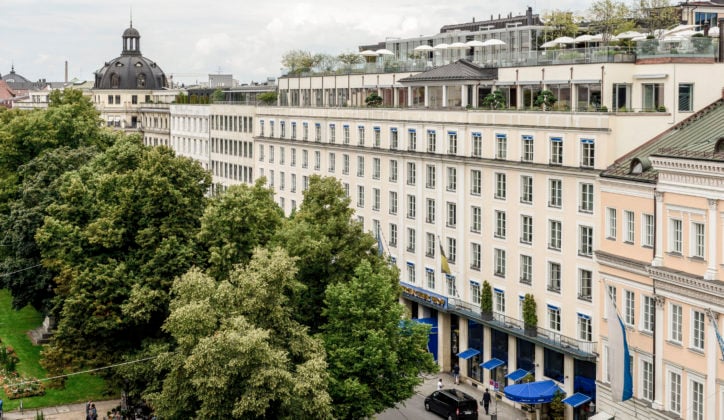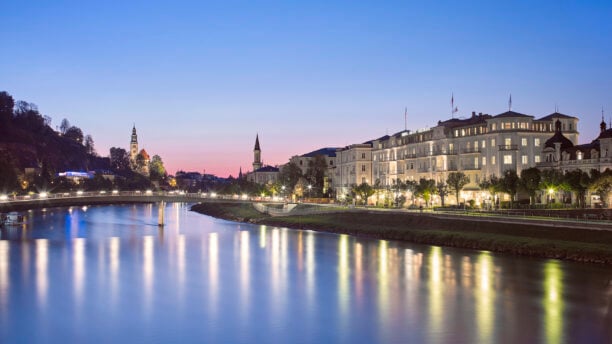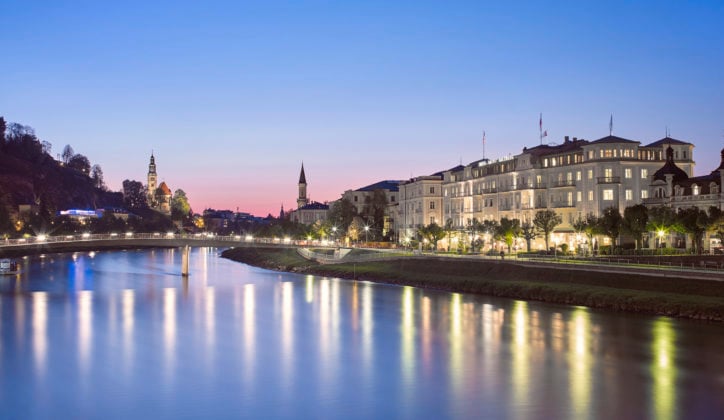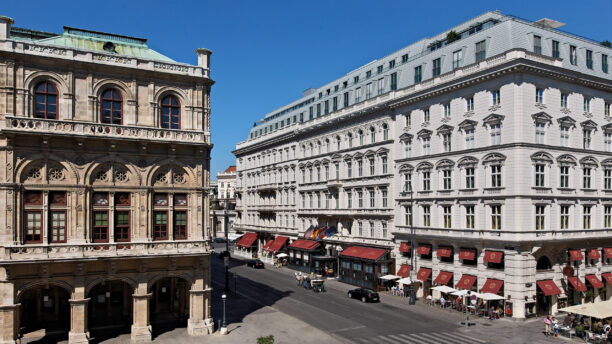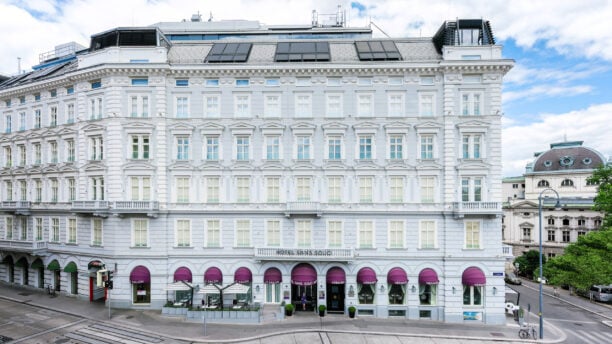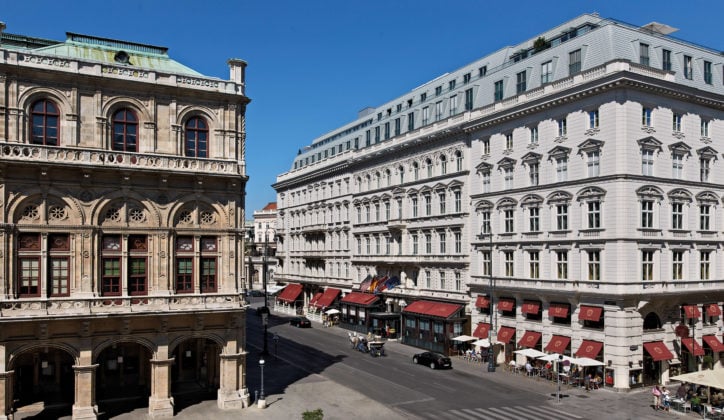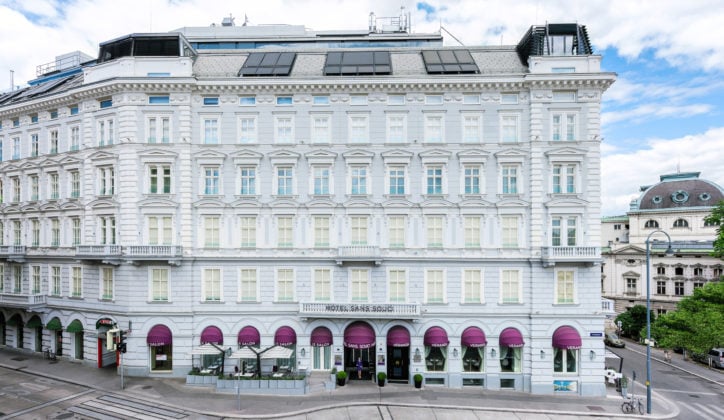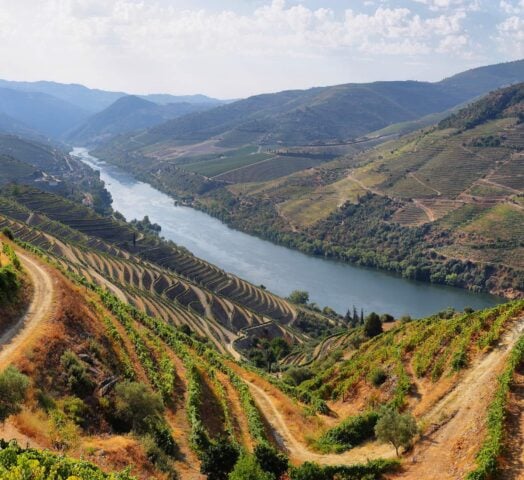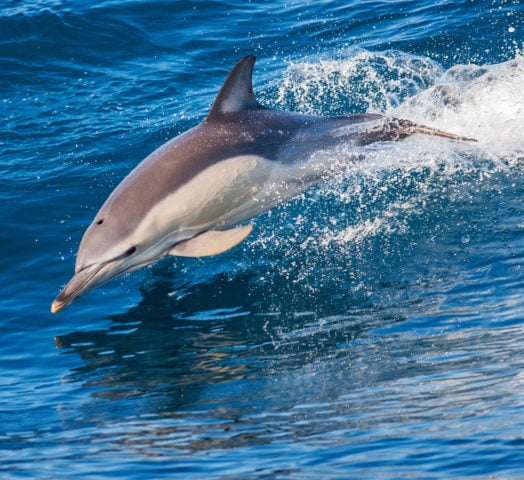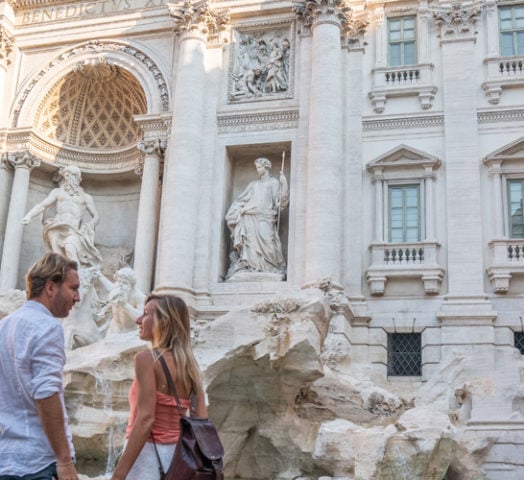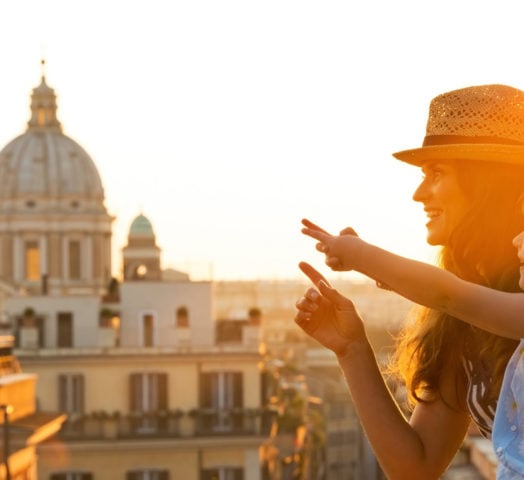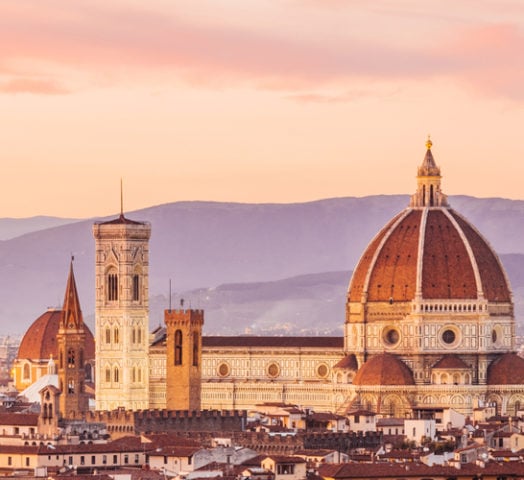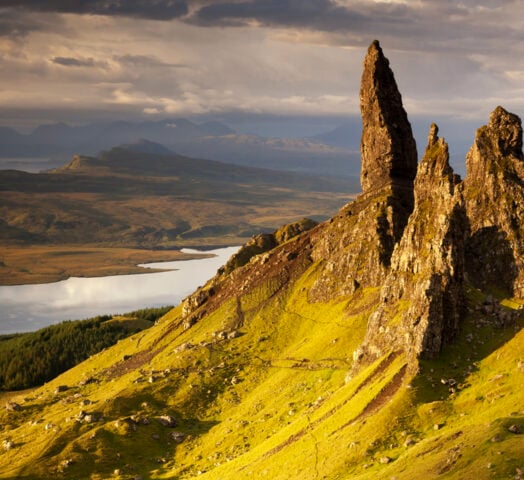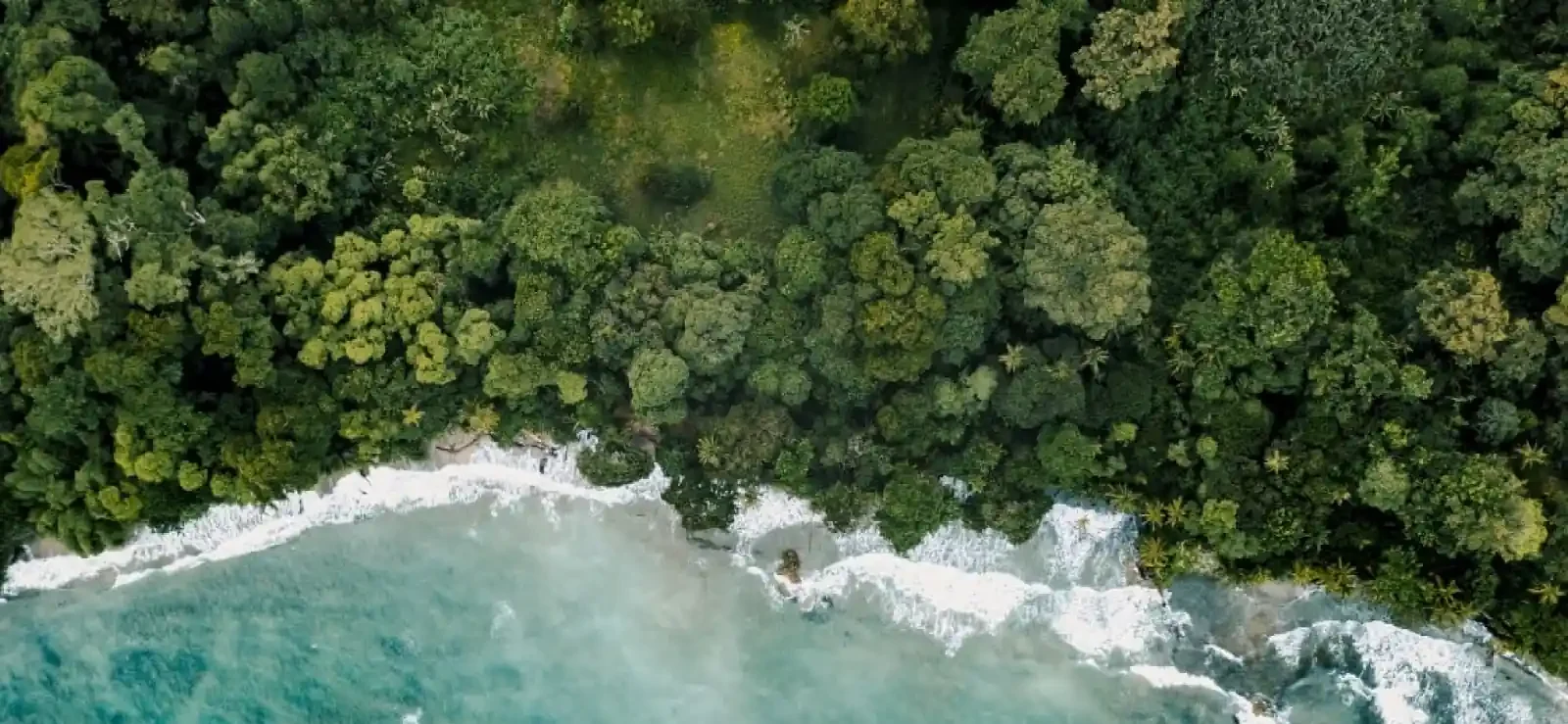A Cultural Exploration of Germany, Austria and Hungary
Trip highlights
- Visit the fairtytale Neuschwanstein Castle
- Enjoy a tour of Salzburg's Sound of Music filming locations
- Indulge in cuisine and culture with a dinner and Mozart concert at St. Peter Stiftskeller
- Learn to ride at the Spanish Riding School
- Wind through the Danube's romantic scenery
Our bespoke trips include
We design one-of-a-kind journeys incorporating luxury in all its forms. Our bespoke trips include:
- Luxury accommodation throughout
- Privately guided tours
- Private transfers
- Meticulously selected experiences
- Expertise and support from your Jacada Concierge

- Days 1–4 Munich
- Days 4–7 Salzburg
- Days 7–10 Vienna
- Days 10–13 Budapest
- Days 1–4 Munich
- Days 4–7 Salzburg
- Days 7–10 Vienna
- Days 10–13 Budapest
Itinerary in detail
Every Jacada trip is tailored to your personal preferences and interests. Below you’ll find a sample Spain and Portugal itinerary to inspire your own custom-designed journey.
Time in the cultural capital of Munich
Munich is Germany’s third-largest city and the proud capital of Bavaria. The city is a hub of arts and history with a large dose of impressive architecture and an atmosphere that blends refined elegance and jovial fun. Situated in southern Bavaria on the River Isar, Munich is affectionately known as the ‘City of Beer and Art.’
During your time here explore rich culinary heritage and visit the main cultural attractions, led by your own private guide. Highlights of our favourite city tours include the Old and New Art Gallery (Alte Pinakothek and Neue Pinakothek), the National Theatre, the Royal Residence, the Mariensäule Column, the church of Saint Peter and the renowned Viktualienmarkt Square with its gourmet food stands. After a day of touring we highly recommend a traditional dinner of Weisswurst veal sausages and beer at Hofbräuhaus, where cuisine is accompanied by live Bavarian music and dances in the festival hall.

Where you could stay
Munich
Overview
Long renowned among travellers and locals and recognised as one of Munich’s most rewarding central hotels, the Mandarin Oriental promises a luxurious, relaxing and convenient stay at the heart of Munich’s Old Town. The hotel is located in easy reach of both atmospheric Marienplatz and some of Munich’s most inviting shopping streets, while the presentation of the hotel itself is in keeping with the brand’s ‘oriental’ style, further blessed by features such as bespoke furnishings and original artworks.
The prestige of this Mandarin Oriental hotel is evident in all of its 73 guest rooms and suites, with a distinctly boutique character defined by its decor and furnishings, including the likes of attractive cherry-wood features and striking pieces of artistry. They enjoy plenty of space and light too, with many boasting lovely views of the city, while state-of-the-art features, such as Bang & Olufsen televisions, present a modern influence in the layout of the rooms.
Guests at the Mandarin Oriental will benefit from some fantastic dining opportunities, primarily in the aromatic offerings of the Nobu Matsuhisa’s renowned new style Japanese-Peruvian cuisine. During the summer months, The Terrace offers al fresco dining and cocktails, while The Lounge is an ideal place to relax and mingle with other guests. Ory is another appealing bar, with its chic design and delicious cocktails, making it the perfect space for an evening of indulgence. For those hoping to get active during their stay, an on-site fitness centre is the place to go, while the sauna and steam rooms will help to relax you after your workout.
→ Find out moreMunich
Overview
Each of the hotel’s 19 individually decorated rooms have been designed as places of comfortable retreat in the middle of Munich’s vibrant city centre. Not only are they spacious and outfitted with state-of-the-art technology, but they also boast stunning city views. here you are invited to relax in luxurious surroundings while still feeling like you’re ‘home’. The modern bathrooms all have rain showers, some also have a bathtub, selected rooms have balconies, and the roof suite has access to a large terrace.
The hotel’s lobby area is a living room and library where you’re invited to make yourself comfortable. And adding to the feeling of being at home, the open kitchen ensures you always have access to snacks and beverages.
The open-plan Gaggenau kitchen caters for everything from gourmet breakfasts to midnight snacks. And there’s also the opportunity to watch the chef at work. Visit the wine lounge to browse the bottles on offer or simply to enjoy the view out over Marienplatz.
→ Find out moreMunich
Overview
A sublime and striking hotel dating back to the 1840s, offering a combination of its past affluence and the modern influences of the present day, Bayerischer Hof will immediately showcase luxury and splendour to those who walk through its doors. Blessed by a superb location, guests at the hotel will be just steps from Munich’s central square, Marienplatz, as well as the city’s old town and the best of its shopping scene, ensuring it serves as an ideal base for discovering Munich’s highlights.
The hotel’s 19th-century façade is the first thing that will greet guests, with this sense of classical grandeur continuing within its interior in the shape of striking furnishings and architectural styles, while many of the rooms take on a historical theme. Despite this, there’s a significant modern edge also to be found throughout the hotel, courtesy of the vision of a renowned designer. This ensures that there’s a mixture of heritage and contemporary features found across the hotel’s 337 rooms and suites, all enjoying plenty of space, as well as a warm and tranquil vibe, with stylish bathrooms being another bonus.
The hotel is blessed by a range of fantastic facilities, including a collection of superb dining avenues, of which the three Michelin-starred ‘Atelier’ rules the roost. Here, guests can enjoy a choice of a five or seven-course menu, serving up some of Europe’s most exciting and innovative cuisine. Of the six on-site bars, including one found in the hotel’s very own night club, the award-winning ‘Falk’s Bar’ is the most fascinating, found in the famous Hall of Mirrors, which dates back to 1839 and is the only room at the hotel to have survived WWII unscathed. The benefits don’t end there, as guests can also do everything from being pampered in the wonderful spa and taking a soak in the inviting swimming pool, to enjoying a comedy show at the in-house theatre and catching a film at the cinema.
→ Find out moreMake it mine
Bavarian culture
World War History

Oberammergau and Neuschwanstein Castle
Leave the city today to explore the fairytale Neuschwanstein Castle, a 19th-century Romanesque Revival palace that sits on a rugged hill above the village of Hohenschwangau. The palace was originally commissioned by Ludwig II of Bavaria as a retreat and was opened to the public 1886. This captivating building has appeared in several movies and was the inspiration for Disneyland’s Sleeping Beauty Castle. En route to the castle you’ll stop by Oberammergau and Garmisch-Partenkirchen, two picturesque, rural Bavarian towns. The citizens here decorate their houses with frescoes of fairy tales and typical Bavarian scenes. The region is naturally stunning with plenty of opportunities for hiking around Germany’s highest mountains and crystal clear lakes.

Dachau concentration camp
On March 22, 1933, a few weeks after Adolf Hitler had been appointed Reich Chancellor, a concentration camp for political prisoners was set up in Dachau. In the 12 years of its existence, over 200,000 persons from all over Europe were imprisoned here and in the numerous subsidiary camps. 41,500 were murdered. On April 29, 1945, American troops liberated the survivors. The Memorial Site was established in 1965 on the initiative of and in accordance with the plans of the surviving prisoners who had joined together to form the Comité International de Dachau. A sober visit and one of deep historical significance.
Journey to Salzburg via the glistening Lake Chiemse

On your way to Salzburg you’ll enjoy a boat ride on Lake Chiemsee as well as a visit to Herrenchiemsee Palace. The Lake twinkles like a delightful painting with islands and mountains that reflect perfectly in the pristine waters below. Here, hop aboard a steamship to picturesque islands and Herrenchiemsee Palace. Affectionately referred to as the ‘Bavarian Sea’, Chiemsee is Bavaria’s largest lake, covering an area of 80 square kilometres. While on the island you can enjoy a horse and carriage ride to discover the castle facade which is an identical copy of the Palace of Versailles, followed by an interior visit.
Private tours and exquisite experiences in Salzburg
At the foothills of the Alps, and close to the German border, you’ll find the picturesque Austrian city of Salzburg, known for its excellent gothic and baroque architecture. So beautiful and pristine, the entirety of this city feels almost like an extension of the palatial grounds, or the imaginings of a fairytale. One building in Getreidegasse draws particular attention: No. 9, the house in which Wolfgang Amadeus Mozart was born. Visit the home of Salzburg’s most famous son, the place he spent his childhood and much of his youth.
During your time in Salzburg be sure to spend an evening at St. Peter Stiftskeller, enjoying exquisite culinary specialties lit by candles while listening to a concert with musicians in authentic costumes and the mind blowing music of Wolfgang Amadeus Mozart.

Where you could stay
Salzburg
Overview
The Sacher Salzburg is a beautiful hotel located on the banks of the Salzach River. Original artwork, antiques and crystal chandeliers add a touch of old-world charm while the service and comfort is everything you would expect from a modern, luxury hotel.
There are 110 rooms and suites, some of which have private balconies overlooking the old town. Decor is traditional but elegant and no two rooms are the same. Dining at the Hotel Sacher is a real treat. Enjoy fine dining at the Zirbelzimmer which has been awarded a Gault Millau bonnet. The spacious terrace offers wondful views over the city and the dining room has kept many of the original features from when the hotel opened in 1866.
At the Sacher Grill and Roter Salon you’ll find traditional Austrian cuisine, while the Sacher Bar is the perfect spot for an aperatif. Those with a sweet tooth will want to indulge in cup of coffee and a slice of Sachertorte at the Café Sacher and stock up on goodies from the Sacher Confiserie.
→ Find out moreMake it mine
The sights
And sounds

Lake Hallstatt
The houses along the shores of Lake Hallstatt are seemingly stacked one on top of another, creating a picturesque small town where time seems to have stood still. The historically listed houses are clearly lovingly maintained and preserved by their residents. Look out for the traditionally painted skulls on the charnel house, and, just next door, the adjacent Catholic parish church and its winged altar are also well worth seeing. The breath-taking Alpine panorama of the UNESCO World Heritage region of Hallstatt can be viewed from the ‘World Heritage Skywalk’ which hovers 350 metres above the roofs of Hallstatt.

Sound of Music tour
Start your Sound of Music tour with a trip to the Mirabell Gardens, which is shown scenes where Maria and the children dance around the statue of Pegasus, the winged horse singing “Do-Re-Mi”. You will also visit The Gazebo and Hellbrunn Palace where Rolf and Liesl sang “Sixteen Going on Seventeen” and Maria and the Baron sang “Something Good”. Next up is the Palace of Leopoldskron, the historical 18th Century palace where the boating scene took place, the terrace was also where the family would relax with drinks.
A journey to Vienna, stopping at Artstetten

En route to Vienna, in your private transfer, you’ll make a stop at Artstetten to visit the Imperial Castle, once used as the summer residence of the imperial family. The castle is the final resting place for Archduke Franz Ferdinand and his wife Duchess Sophie of Hohenberg, the current resident’s Countess Alix `Harambure-Fraye, great-grandparents. There will be a private reception with a member of the family where you’ll listen to their stories while enjoying a glass of sparkling wine.
An immersion in the beauty and culture of Vienna
Europe boasts many elegant cities, but Vienna truly stands out. Situated on the banks of the Danube, Austria’s capital is famed for its stunning baroque architecture, grand palaces, and rich musical heritage.
Discover Vienna’s cultural events, classical concerts, imperial architecture, coffee houses, wine taverns, and unique Viennese charm on private city tours with an expert guide. Highlights include St. Stephen’s Cathedral, Austria’s premier Gothic structure and Mozarts House, where Mozart composed “The Marriage of Figaro.” Enjoy a coffee and cake break in a traditional café before exploring Ringstrasse, lined with magnificent buildings like the MAK, State Opera, Museum of Fine Arts, and Museum of Natural History.

Where you could stay
Vienna
Overview
Located opposite Vienna’s magnificent Opera House, the Hotel Sacher Wien is every bit as elegant as the city in which it sits.
The Austrian capital’s rich and illustrious history is reflected in the elegant belle époque style that runs though the hotel. Rich, luxurious furnishings, beautiful crystal chandeliers and oil paintings give the Sacher plenty of old-world charm. There are 150 rooms and suites, a perfect blend of old and new. Great care was taken to ensure original historic features were maintained, but they also features the comforts and amenities you would expect from a modern, luxury hotel.
Dining at the hotel is a real treat, with two restaurants to choose from. Enjoy traditional Viennese cuisinat the Röte Restaurant, where you can choose to dine in the glass conservatory facing the Opera House or in the grand dining room. The Grüne Restaurant specialises in more modern, innovative dishes. The Blaue Bar is the perfect place for an aperatif while the Sacher Eck and the Cafe Sacher are where you can indulge in a slice of the city’s famous Sachertorte.
There is so much to see and do in Vienna, but for when you want to simply relax and unwind, then the spa and fitness centre is waiting for you back at the hotel.
→ Find out moreVienna
Overview
The Sans Souci is a charming boutique hotel located in the bohemian quarter of Spittelberg. You are within easy reach of Vienna’a main attractions with the MuseumsQuartier and the Hofburg Palace just a a few minutes away.
Although the building dates back to 1872, the interiors are modern and sophisticated. The hotel houses a collection of modern art with works by Roy Lichtenstein, Allen Jones and Steve Kaufman and many of the rooms themselves feature iconic photography by Hubertus Hohenlohe and intricate gold wall paintings.
Enjoy modern Austrian cuisine at the Veranda restaurant where organic, regional and seasonal products are used to create beautiful, colourful dishes that are works of art themselves. Stop by Le Bar for a glass of champage or cocktail before dinner or heading out to explore Vienna in the evening.
The hotel also features a beautiful 20m indoor pool that sits under an arched cieling fitted with crystal chandeliers, as well as modern fitness room and a spa complete with sauna and treatment rooms.
→ Find out moreMake it mine
The valley
The school

A Danube Valley excursion
Travel from Vienna to the picturesque Wachau Valley, renowned for its excellent wine. On a peaceful boat trip through this UNESCO World Heritage Site, you’ll see monasteries, breathtaking landscapes, charming old villages, steep vineyards and mediaeval castles, including Dürnstein castle where King Richard the Lionheart was imprisoned. Visit the old wine-merchants’ town of Krems and end your day at Melk, home to the magnificent Benedictine Abbey, a brilliant example of Austrian Baroque architecture.

The Spanish Riding School experience
Today you’ll take a private transfer to Vienna’s famed Spanish Riding School. Start with a cocktail in the reception room and an introduction to the school’s history, followed by a rehearsal performance. The Spanish Riding School, the only institution preserving classic haute école equestrian skills, offers an unforgettable show with Lipizzan horses moving in harmony with music. Experience the pinnacle of horse-riding art in the Baroque ambiance of the Imperial Palace.
A complete Discovery of Budapest
Budapest is a city of two halves, quite literally. With the modern, beating heart of the city to the east and on the west side of the city you’ll find winding cobblestone streets that are lined with mediaeval architecture. Discover all this and more with your expert tour guide, explore the city’s main highlights and branch off to find cafes, shops, bars, restaurants, secret museums and more.
In Pest we highly recommend a visit to Budapest Parliament, a gothic revival building that houses one of Hungary’s greatest treasures, the Holy Crown of St Stephen. This impressive building is 268 metres long, stretching along the Danube embankment and is decorated with white neo-gothic turrets and arches. Inside you’ll find huge halls, over 12 miles of corridors, a 96-metre high central dome and 691 rooms. Over in Buda don’t miss the Fisherman’s Bastion where you’ll find the best panoramic views in Budapest.

Experiences the city
Discover the halls
A great building
Walking history
Walking history

Great Market Hall
Visit the Great Market Hall and taste some tasty Hungarian cuisine. You can get all sorts of goods on the three floors of the hall including fruits, vegetables, dairy products, salamis, pickles, fresh fish, Hungarian paprika, Tokaj wines, various souvenirs and even traditional home-cooked style meals. If you’re feeling peckish there is an abundance of Hungarian snacks to try such as Langos, found in the upper floor food stands and eateries. If you love fresh goods, people watching, shopping, or just sightseeing in amazing places, you will love the Great Market Hall.

Matthias Church
Over in Buda you’ll get the chance to explore Buda Castle Hill and the beautiful Matthias Church, known as one of the finest in Budapest. It is thought the foundations of this church were laid in 1015 by the first Hungarian king. This Roman Catholic church is found right in the middle of Budapest’s Castle District and plays an important role in daily life for many who live in the city. It’s a spectacular building, the glistening white exterior and intricate brickwork on the turrets and spires standout next to the bright orange and brown tiled roof and ornate blue detailing around the roof edges.

Budapest's Jewish Quarter
Enjoy a walking tour of Jewish Budapest, once the largest Jewish community in Eastern Europe. The Jewish quarter is listed as an UNESCO World Heritage site and this tour will show you not only the religious traditions but also other cultural contributions and Hungarian history. Explore the largest synagogue in Europe (Dohany), the cemetery and the memorial garden, as well as other precious places of worship. Notice the hidden Jewish symbols across the neighbourhood and look for faded names of former Jewish stores and menorah decorations on balconies.
Adventures around Budapest
The basilica
The citadel
A living studio
A living studio

A tour of Esztergom
Visit the industrial town of Esztergom, the former capital of mediaeval Hungary, found just outside the current capital Budapest. In Esztergom you’ll visit the Basilica, the largest one in Europe and the highest building in Hungary. Built between 1822 and 1856 the current structure has been painstakingly restored and is beautifully maintained, with a rich treasury of ecclesiastical art for you to discover.

Travel to Visegrád
Travel out of Budapest today to visit the tiny town of Visegrád. The fortified citadel is set on top of a hill with spectacular 360 degree views of the rural landscapes, including the Danube river. Your guide will be able to lead you around the ancient roads and pathways that wind along the hilltop with stops at the historical exhibition about the fortress, and of the Holy Crown.

A trip to Szentendre
Head to Szentendre, a Mediterranean town just 20 kilometres outside of Budapest that’s become a thriving place for galleries, ateliers and museums, including a curious marzipan museum. Also known as the ‘town of churches’ you’ll see a dozen spires of various denominations here. Wander the promenade by the riverside before hopping on a boat back to Budapest.
Why book with Jacada

Personalised design
We’ll plan your trip around your personal interests, tastes and preferences, providing honest advice based on first-hand knowledge.

Authentic experiences
Our expert guides and brilliant Concierges are hand-picked for their ability to bring your destination to life with care and passion.

Positive impact
We seek out unforgettable experiences that benefit both local communities and the environment.










































